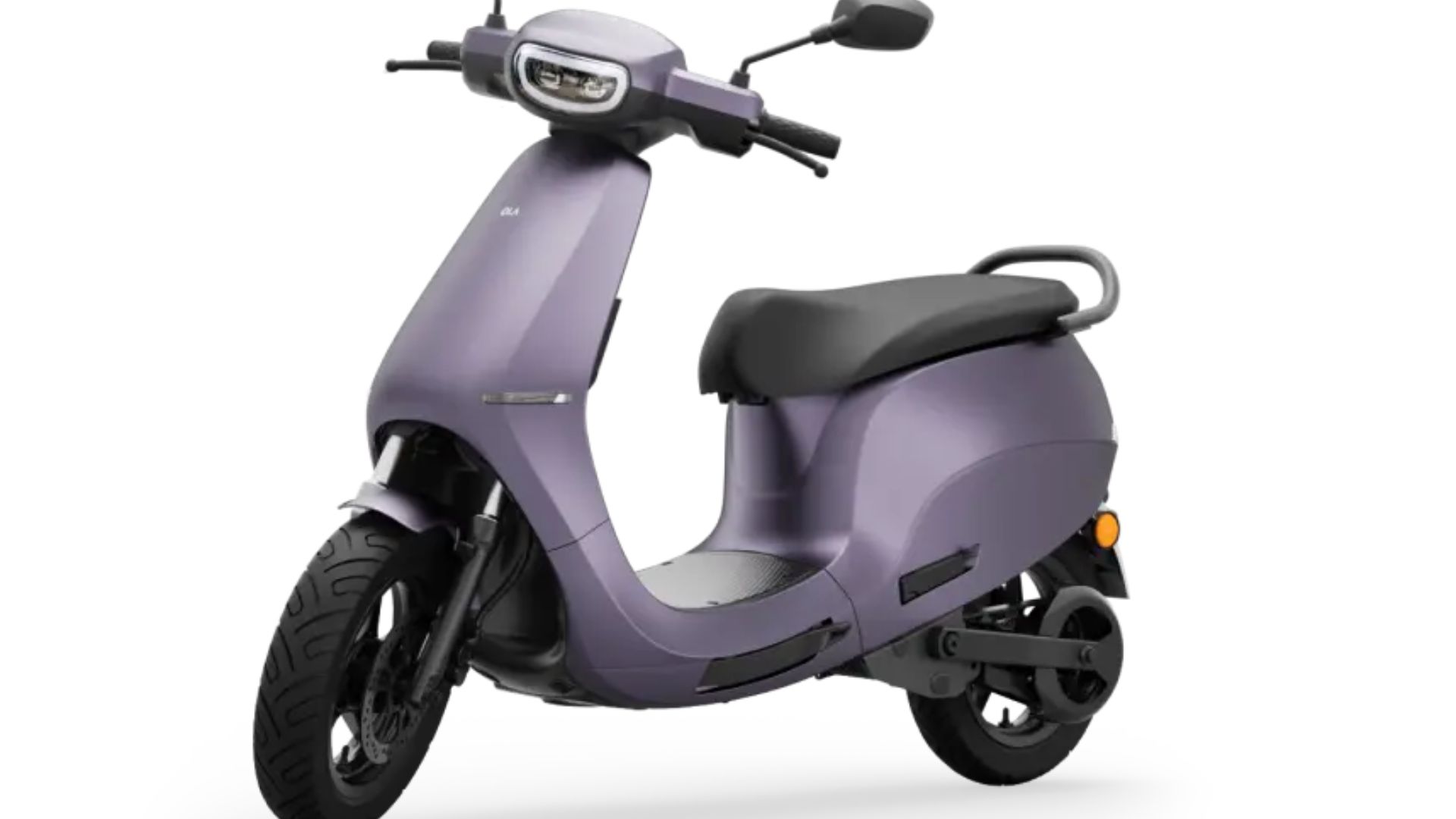The Indian Space Research Organisation (ISRO) made an announcement on Monday regarding the upcoming launch of the Aditya-L1 Solar Mission, an Indian space-based observatory aimed at studying the Sun. This significant mission is set to commence on September 2, 2023, with the launch scheduled for 11:50 am from Sriharikota.
In a communication posted on X (formerly Twitter), ISRO conveyed, “The launch of Aditya-L1, the first space-based Indian observatory to study the Sun, is scheduled for September 2, 2023, at 11:50 Hrs IST from Sriharikota. Interested individuals can participate in witnessing the launch from the Launch View Gallery at Sriharikota by registering through this link: https://lvg.shar.gov.in/VSCREGISTRATION/index.jsp. The opening of registration will be announced there.”
Aditya L1 stands as India’s maiden space-based mission for studying the Sun. The spacecraft is slated to be positioned in a halo orbit encircling the Lagrange point 1 (L1) within the Sun-Earth system, situated approximately 1.5 million km away from Earth.
One key advantage of situating a satellite within the halo orbit at the L1 point is the uninterrupted view it provides of the Sun, without any eclipses or occultations. This continuous observation capability is instrumental in monitoring real-time solar activities and their influence on space weather.
Equipped with seven payloads, the spacecraft will conduct observations of the photosphere, chromosphere, and the outermost layers of the Sun’s corona using electromagnetic particle and magnetic field detectors.
ISRO also outlined the objectives of the Aditya-L1 mission: “Studying the dynamics of the Solar upper atmosphere (chromosphere and corona), investigating chromospheric and coronal heating, comprehending the physics of partially ionized plasma, examining the onset of coronal mass ejections and solar flares, and gathering in-situ particle and plasma data for analyzing solar particle dynamics.”
The mission aims to delve into the physics of the solar corona, its heating mechanism, and the characteristics of the plasma within coronal loops, including temperature, velocity, and density. Additionally, it seeks to understand the development, dynamics, and origins of Coronal Mass Ejections (CMEs) and identify the sequence of processes leading to solar eruptive events. The mission also has the objective of mapping magnetic field topology and measuring magnetic fields in the solar corona, while also investigating the drivers behind space weather, including the origin, composition, and dynamics of the solar wind.
Earlier, India achieved a significant milestone on September 23 by successfully landing the Chandrayaan-3 lander module on the moon’s South Pole, becoming the fourth country to accomplish this feat after the US, China, and Russia. This achievement marked the end of the disappointment stemming from the Chandrayaan-2’s crash landing four years prior.

















